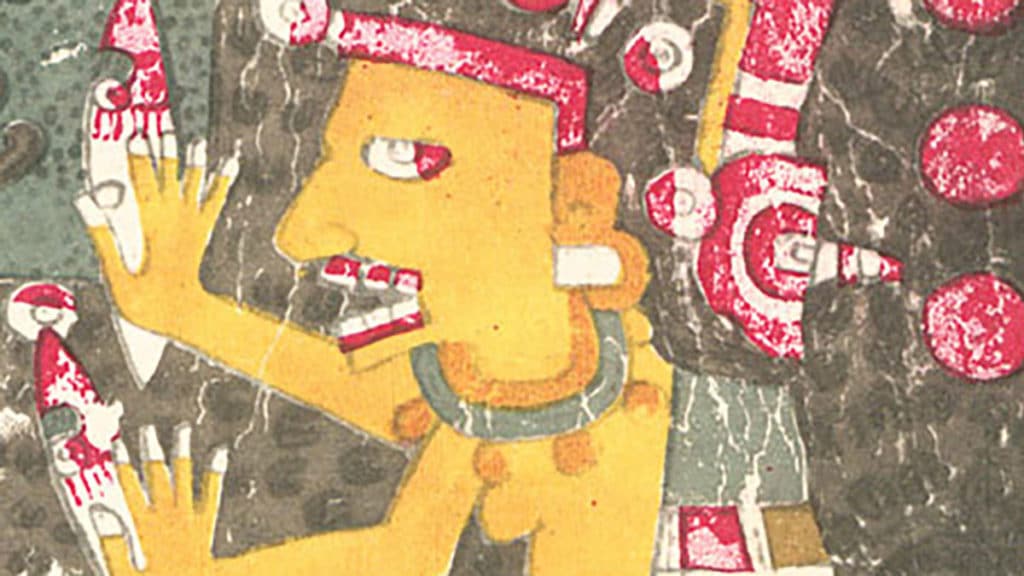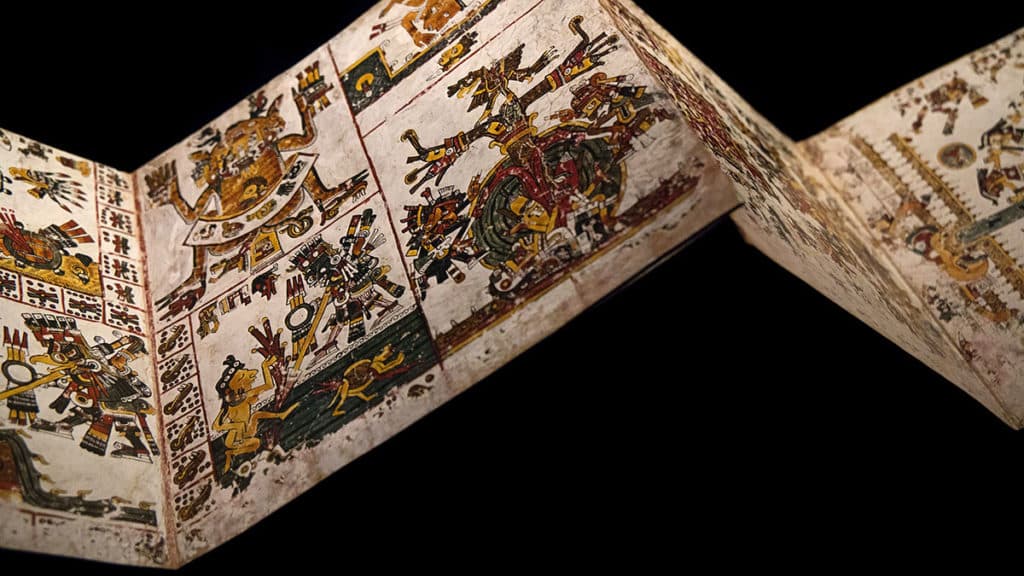Mictlancihuatl is the queen of Mictlan, the underworld of Mesoamerican cosmology. She watches over the bones of the dead and is usually depicted as a body without flesh with an open jaw who swallows the stars during the day.

The modern representation of Mictlancihuatl is Skull Catrina.
Mictlancihuatl is the wife of Mictlantecuhtli. Together they rule over the afterlife.
Aztec and Christian Heaven and Hell are Opposites
Mictlancihuatl is key to understanding the difference between pre-contact Mesoamerican and European Christian perspectives on death and afterlife.
Mictlan is the place of the afterlife. The Christian perspective imagines Mictlan in the ground like some form of hell.
The Mesoamerican perspective imagines Mictlan more like heaven. Mictlancihuatl swallows the stars during the day and releases them at night. She manages the heavens.
The Mesoamerican point of view is that death is reality, and life is but a dream.
Think about that. Descendants of the Mesoamerican have a completely different perspective on death. Death is not feared the way Europeans fear it.
The Borgia Codex

The image is from the Codex Borgia. It is a pre-contact Mesoamerican religious manuscript believed to be from the region that is now Puebla, Mexico. New York City has a large Pueblan community.
The Mesoamericans wrote many manuscripts. Spanish colonizers and their priests destroyed most of them because to them, anything not European was considered demonic. Only a handful of Mesoamerican manuscripts survived colonization.
It’s interesting to note that some colonizer priests burned Indigenous literature, while others stole it for their personal libraries. Both acts say a lot about the religion that commited them.
The Codex Borgia was discovered in 1805 among the personal things of Italian Cardinal Stefano Borgia (1731-1804). It is now in the Vatican Library. Yes he’s from that Borgia family, a family of terribly corrupt Italian popes. He liked antiquities which makes him a grave robber. Sadly, it means the Vatican Library houses stolen goods.
